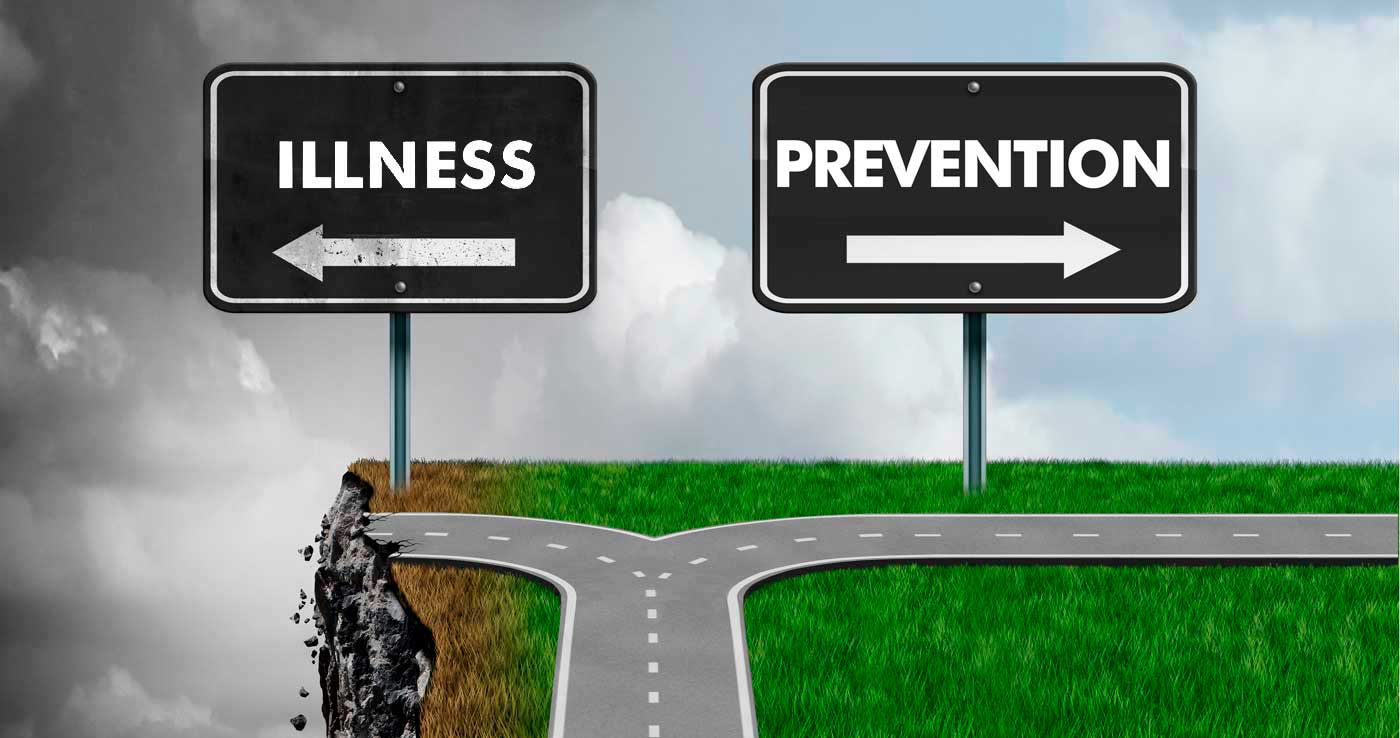Cardiovascular and Respiratory Health
Aging can cause changes in the heart and blood vessels. For example, as a person ages, the heart may not beat as fast during physical activity or during times of stress as it did when it was younger. However, the number of beats per minute (heart rate) at rest does not change significantly with normal aging.
Changes that occur with age can increase a person’s risk of developing heart disease. One of the main causes of heart disease is the accumulation of fatty deposits on the walls of the arteries over many years. The good news is that there are things a person can do to delay, decrease, or possibly avoid or reverse risk.
The most common change in aging is an increase in the stiffness of the major arteries, called arteriosclerosis, or hardening of the arteries. Atherosclerosis causes high blood pressure or hypertension, which becomes more common as people age.
In the case of our lungs, they work tirelessly in the half-life of a human being. Throughout our lives, our lungs breathe between 20 and 40 million times and an air flow of between 7000 and 10,000 liters per day circulates through them.
Scientists have discovered that each of these regions contains unique types of stem cells and progenitor cells. In a normal lung, progenitor cells are present and abundant in every region. These cells divide in order to replace old or damaged cells and thus keep the lung healthy. The progenitor cells are: the basal cells of the trachea, the secretory cells of the bronchiole, and the type 2 alveolar cells. It is believed that only the division of these cells is sufficient to maintain the structure of the lung during adult life and help in repair and regeneration throughout life. With age, the dysfunction of these cells can contribute to the development of lung diseases linked to the respiratory system.
Proper functioning of the organs depends on the proper functioning of their cells. Older cells tend to be less efficient with age. Also, in some organs cells die and are not replaced; therefore, the number of cells decreases. The number of cells in the testes, ovaries, liver, and kidneys decreases markedly with age. When the number of cells becomes too low, the organ does not function normally. Therefore, most organs become less efficient with age. However, not all organs lose the same number of cells. The brain is an example of that. Healthy older people don’t lose a lot of neurons.
Deterioration in the function of one organ due to disease or aging can affect the function of another organ. For example, if atherosclerosis narrows the blood vessels in the kidneys, they will decrease in function because of reduced blood flow.
Often the first signs of aging are noticed in the musculoskeletal system. Then the eyes followed by the ears begin to change in early adulthood. Most of our internal functions also decrease with age. Our bodily functions reach their highest value shortly before age 30, and from then on a gradual but steady decline begins. Despite this decline, most of the functions remain correct because most organs have a functional capacity considerably higher than that required by the body (functional reserve). For example, if half of the liver is destroyed the remaining tissue is more than enough to maintain normal function. Therefore, it is diseases rather than normal aging, that explain the loss of functional capacity in advanced ages.
Some organs are more prone to malfunction than others; These organs include the heart and blood vessels, the urinary organs (such as the kidneys), and the brain.
